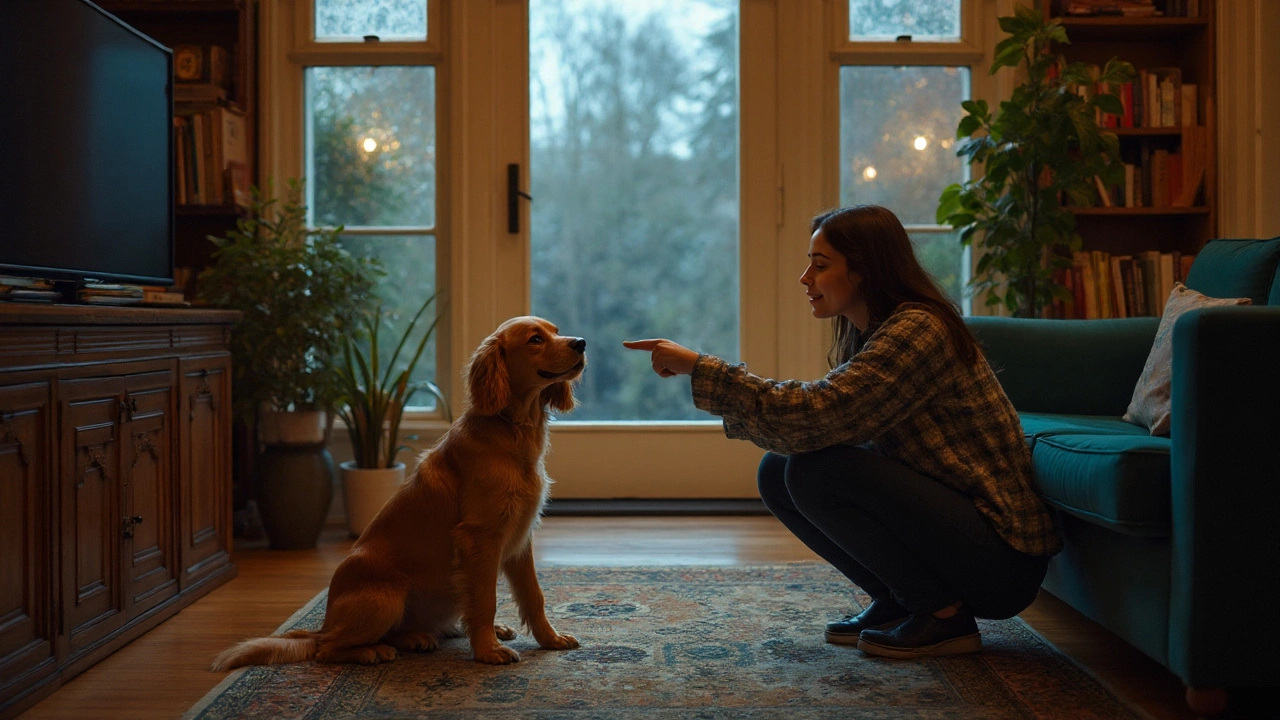Canine Hearing: Understanding Your Dog’s Ears
Ever wonder why your pooch reacts to a doorbell you don’t even hear? Dogs have a super‑sensitive hearing system that works very differently from ours. Knowing how it works helps you keep your dog safe and comfortable.
How Dogs Hear Differently
Most dogs can hear sounds between 40 Hz and 60,000 Hz, while human hearing tops out around 20,000 Hz. That means a dog can pick up a high‑pitched whistle that’s invisible to you. Their ears are made of three parts – the outer flap, the ear canal, and the inner ear – each playing a role in catching and sending sound to the brain. The outer flap (the floppy part you see) can swivel up to 180 degrees, letting the dog pinpoint where a noise is coming from.
Because the ear canal is longer and more horizontal than ours, it can trap dirt, wax, and moisture. Over time, that buildup can dull a dog’s hearing or cause infections. Unlike humans, dogs don’t have a strong reflex to close their ears, so they’re exposed to loud noises for longer periods.
Spotting Hearing Issues Early
Notice any of these signs? Your dog ignores calls, startles easily, or seems confused by familiar commands. They may also sleep more deeply because they can’t hear the usual household sounds. A quick test at home is the "call and walk away" trick – call your dog from another room and see if they respond. If they consistently don’t react, it’s time for a vet check.
Veterinarians can do a simple otoscopic exam to look for wax, debris, or ear infections. In some cases, they’ll recommend an auditory brainstem response test, which measures the brain’s reaction to sound. Early detection is key; many hearing problems improve with medication or lifestyle changes.
Here are three practical steps you can take right now to protect your dog’s hearing:
- Limit loud exposure. Fireworks, thunderstorms, and even loud music can damage a dog’s ears. If you know a noisy event is coming, create a quiet space in a room with soft blankets and dim lighting.
- Keep ears clean, but gentle. Use a vet‑approved ear cleaner once a week for breeds with floppy ears. Never insert cotton swabs deep into the canal – a soft cloth works better.
- Use protective gear. For dogs that love the beach or swim often, ear bandanas keep water out. For hunting or training dogs exposed to gunfire, consider low‑decibel ear muffs designed for canines.
Training cues can also be adapted if your dog’s hearing starts to fade. Visual signals like hand gestures or a flashlight flash can replace verbal commands. Consistency is crucial – use the same gesture every time so your dog learns the meaning.
Finally, remember that age‑related hearing loss is common in senior dogs, just like in people. Regular check‑ups, a clean ear routine, and a quiet environment can slow the decline. If you catch the signs early, you can adjust daily life to keep your dog comfortable and happy.
So next time your dog perks up at a faint rustle, you’ll know it’s not just cuteness – it’s a finely tuned hearing system at work. Keep it healthy, protect it from loud noises, and watch for early warning signs. Your canine companion will thank you with a wag and a keen ear for every adventure you share.
- Morgan Ainsworth
- 0 Comments
Why Dogs Tilt Their Heads When You Talk: Science, Meaning, and Health Red Flags
Dog head tilts aren’t random. We break down hearing, vision, attention, training, and health red flags-plus what to do if a tilt doesn’t stop.
View More
